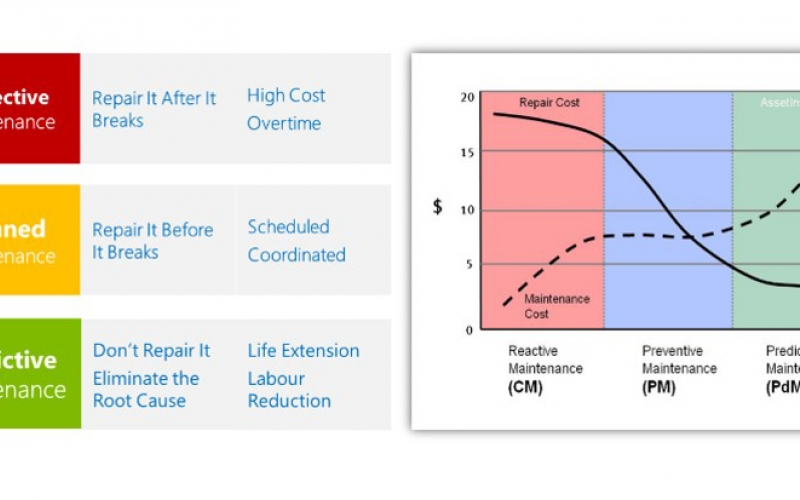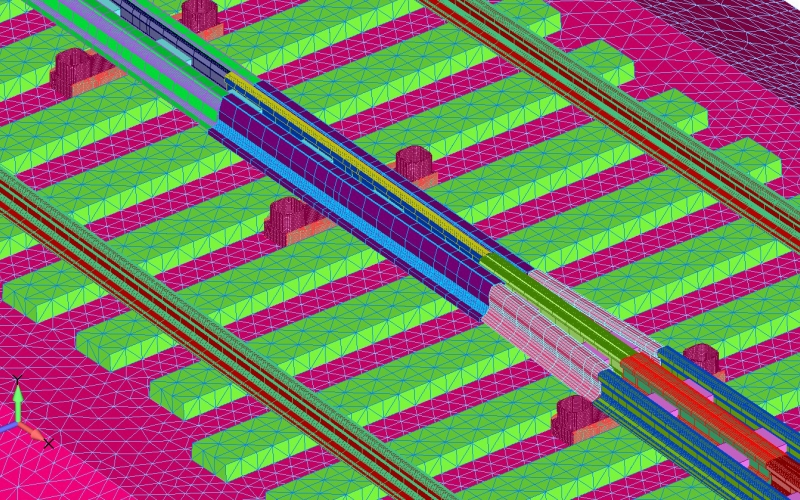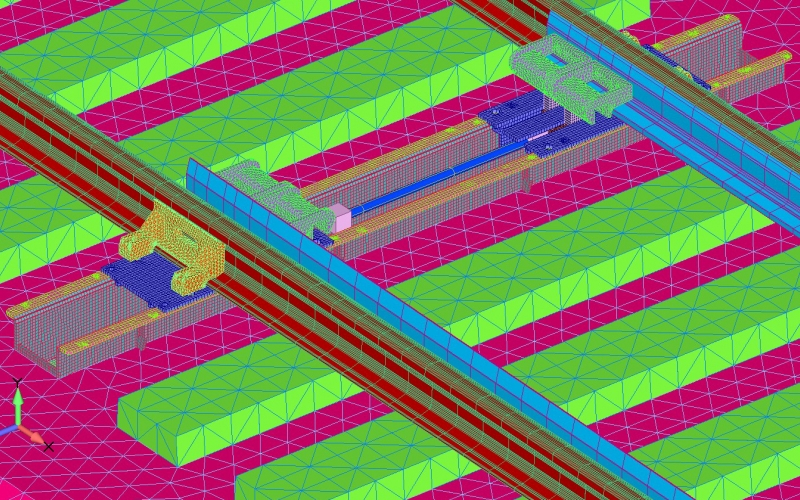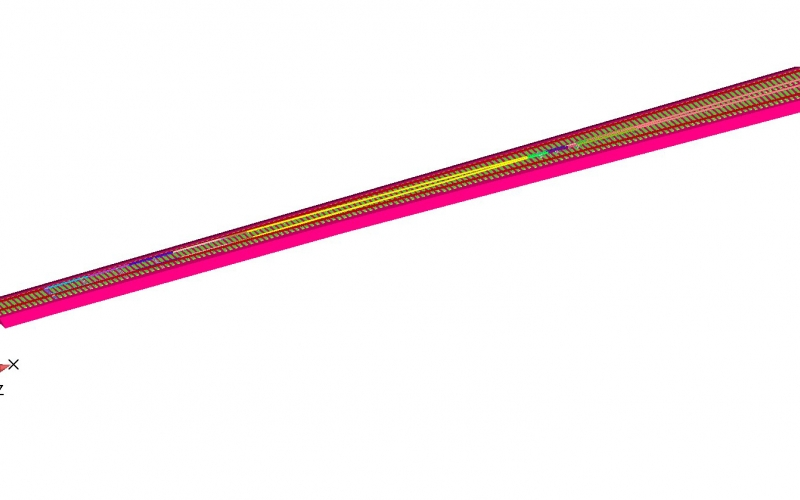Cloud-based-HPC simulation of railway infrastructure for high-speed trains





The Challenge
Alstom is investing huge effort in creating new services for the railway industry and other transportation fields. One of the main areas of investment currently is the development of a diagnostic service to automatically schedule maintenance intervals.
A diagnostic service would need to: understand how parts degrade and determine which would need to be serviced at each interval; automatically plan availability of spare parts or consumables; and quickly report to engineers what needs to be done in order to service the train and the network, as efficiently as possible.
The Solution
This experiment focused on predicting the effects of failures in different components of the turnout (or set of points), one of the basic part of railways infrastructure, with high accuracy. HPC was necessary as the turnout is a complex and large-sized system, which became even clearer during the course of the experiment. The dynamic interactions between the basic components of the system were studied by taking into account the dynamic load due to the transit of high-speed trains and the failure modes of the turnout. Hypertec Solutions, an Italian SME, was responsible for the development of the model, adapted by CINECA into the Fortissimo cloud environment.
Business Impact
The major benefits reported by the partners are: For Alstom, replacing the system based on field measurements with an effective diagnostic monitoring based on simulation has resulted in up to a 50% decrease in time-to-results (from between 16 & 22 months to 8 months), with a corresponding cost saving of between €50k and €70k per application. In the best case scenario, this will result in a saving of €280k per year. For Hypertec, the experiment allowed it to increase its engineers’ skills, enabling new services for Hypertec’s industrial customers in many areas of CAE Simulation. It is estimated that, as a consequence, HPC-related revenue will increase 87% in 2017 to €45k. By 2020, this is expected to reach €100k per year.
Benefits
50% decrease in time required to create a new diagnostic system for a railway component.
Savings up to €280k per year for Alstom, based on optimising four applications per year.
A predictive service developed which will more accurately monitor the railway network and schedule service interventions when necessary.
Organizations Involved
End User: Alstom
Application Expert: Hypertec
HPC Provider and Expert: CINECA
